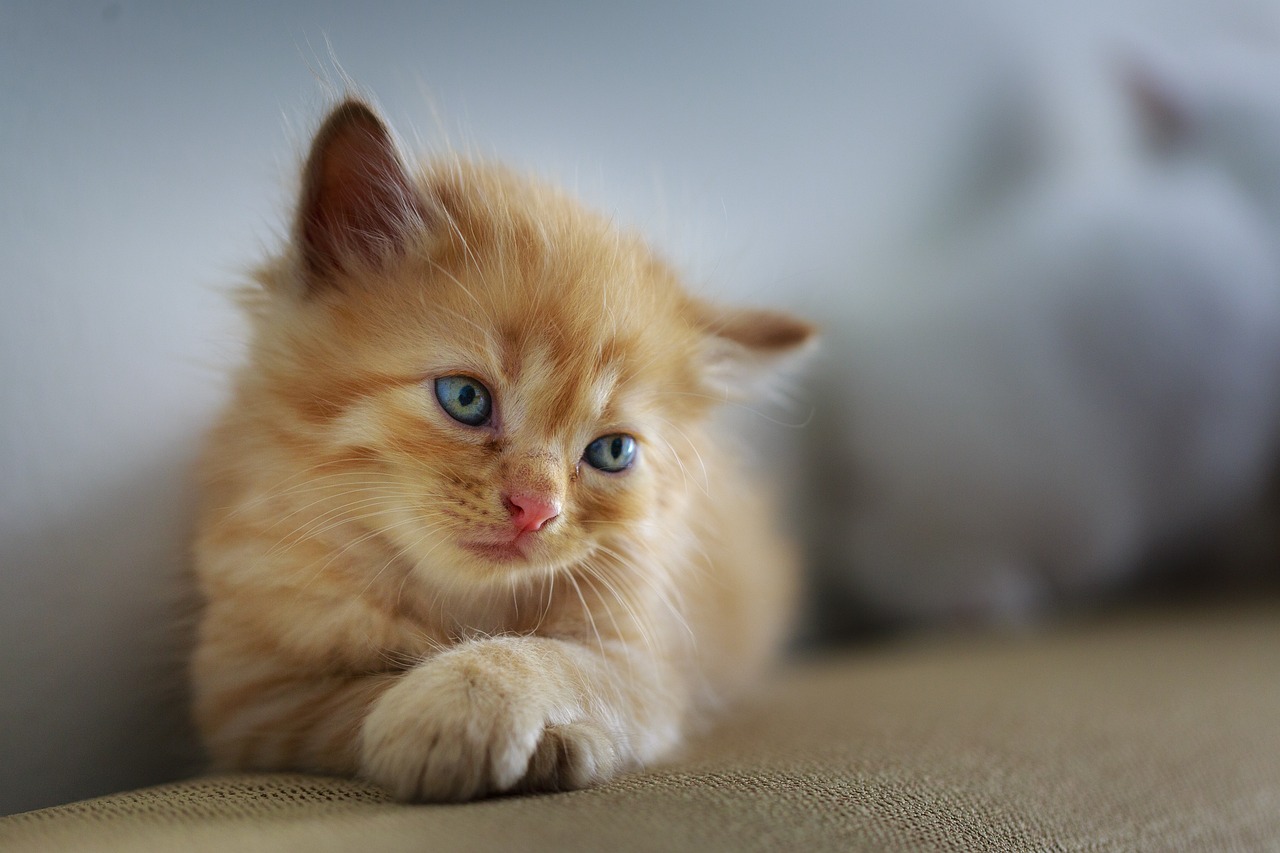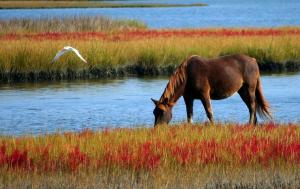Understanding Laminitis: Causes and Risk Factors
Dodson & Horrell’s guide on laminitis provides essential information on understanding and managing this condition in horses.
Laminitis is a serious condition affecting the hooves of horses and ponies. It can cause significant pain and even be life-threatening. Knowing the causes and risk factors can help you prevent it.
Several factors can cause laminitis. One major cause is underlying endocrine diseases like Equine Metabolic Syndrome (EMS) or Pituitary Pars Intermedia Dysfunction (PPID), also known as Cushing’s disease. These conditions relate to insulin dysregulation, meaning the horse’s body doesn’t manage insulin well.
“Cushing’s disease in horses is often linked to high insulin levels, which can disrupt blood flow to the laminae in the hooves, causing them to become inflamed and painful.”
Another significant factor is nutrition. Horses that eat a lot of rich grass, especially in the spring when grass is high in sugar, are at higher risk. This type of laminitis, known as pasture-associated laminitis, is quite common.
Besides endocrine diseases and rich diets, other risk factors include:
- Poor diet management – eating too many sugary treats or high-starch feeds.
- Lack of exercise – obese horses are more prone to laminitis.
- Stress – sudden changes in environment can trigger laminitis.
It’s important to monitor your horse’s health regularly. Keep an eye on their weight and body condition, especially during seasons when the grass is lush and high in sugar.
Dodson & Horrell’s guide emphasizes the importance of understanding these factors to better prevent and manage this condition in horses.
More Ideas and Related Content
- Learn more about managing laminitis in horses
- Check out our seasonal grazing tips to minimize the risk of laminitis.
- Explore more on equine nutrition and management strategies with Dodson & Horrell’s resources.

